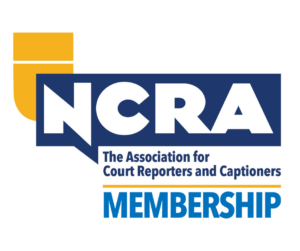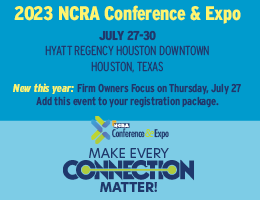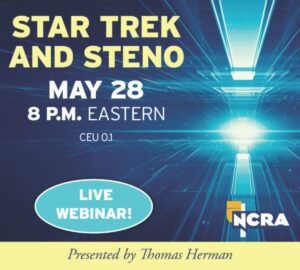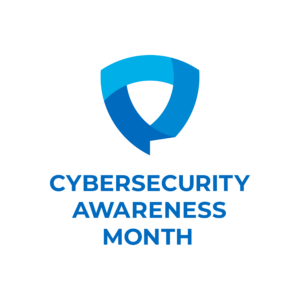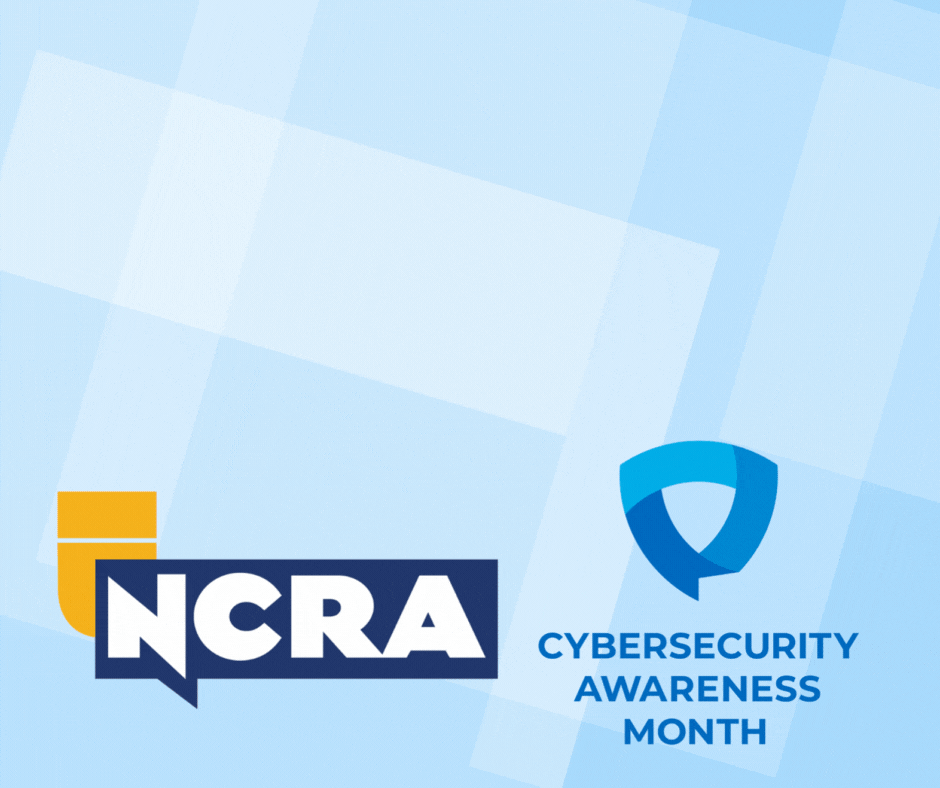By Debra A. Levinson
Fred Middlebrooks, recently of Stenograph, has create CR-Help.com, a consulting company with the specific mission to help court reporters better understand the technology that is right at their fingertips. CR-Help.com offers subscriptions for writers, transcription software, computer equipment, and connectivity tools, such as USB, Bluetooth, and WiFi.
I sat down with Fred to find out more about this new venture and how court reporters can make better use of technology in their everyday lives.
Levinson: Fred, as an integral part of the development team at the world’s leading provider of hardware and software for court reporters for 33 years, what did you have in mind when you started CR-Help.com?
Middlebrooks: Respecting the demands that are put on court reporters, our service is intended to be a symbiotic-type of support. I don’t believe either can survive without the other. I created CR-Help.com to mean just that: We provide training and technology consultations to court reporters, scopists, and court reporting IT departments by phone, Web, or on site.
Levinson: How does working directly with court reporters help meet their goals?
Middlebrooks: By promoting both the profession and encouraging reporters to better use more of the technology that’s available. In some respects, reporters don’t completely realize that the CAT systems and writing machines on the market today are there to increase their level of productivity, but that only happens if they make the time to embrace the learning process. It is a commitment of their time. Since today’s page rates are static, at best, using the productivity of their tools would allow an increase in their page output per day.
Levinson: Would you classify court reporting as a technological profession?
Middlebrooks: In today’s marketplace, absolutely. What was required of a reporter 30 years ago is completely different than current needs. Between the realtime, streaming text, and captioning applications as well as adapting to the wanting it now generation, using technologies that exist proves viable to delivering it all.
Levinson: With the level of sophistication that writers have today, what is the importance of technology to working reporters?
Middlebrooks: The writing machines on the market today allow for a change in how the reporter interfaces with them.
- Completely new electronic methods of setting the keyboard detection are available to better control when a key stroke is registered as a stroke.
- Utilities that allow for the analysis of the strokes written give the reporter the information needed to better adjust the writing machine.
- Enhanced connectivity: WiFi, USB, and Bluetooth. In some cases allowing the writing machine to be connected to more than the CAT system.
In my opinion, reporters need to budget time to learn and budget funds to replace equipment and update software. Given the exponential changes in technology happening, having money available for the purpose of replacing a computer every two and a half to three years and a writing machine every five to six years would be my recommendation.
Levinson: Do you feel the average reporter is sufficiently trained in order to perform the job effectively?
Middlebrooks: Yes, trained from the perspective of the skill of taking down the spoken word on a writing machine, their knowledge of the theory, and the vocabulary needed to create a record.
I believe reporters should be setting aside time in their busy schedules to better understand their software, what it can do for them, and refine their personal dictionary for better translations. Better understanding of their writing machine and how to make adjustments to match their writing style would lead to less time spent editing after the fact.
Editing is where reporters spend the bulk of their time and the process begins at the writing-machine keyboard. Problems exist with mistranslations, stacking, or splitting, and everyone likes to blame the machine. Unfortunately, the machine is not the cause. Realizing you’re fresh and ready to go at 8 a.m. but by 4 p.m. you’re not writing the same way, the answer is to tune the machine and create keyboard profiles if the steno machine has that capability. These tools are available provided you are willing to invest the time to learn how to use those tools and understand what they can do for you.
Levinson: You’ve said that reporters should allocate expenses for updates. Do you feel they stay informed about their software improvements?
Middlebrooks: As a general rule, I’d say no. There’s a population of reporters who won’t go on the Internet to check for even basic updates. People need to remember that all hardware and software have bugs and updates are necessary. Some people do check for updates from their CAT system, writing machine, and computer. Unfortunately, most people do not unless they hear by word of mouth or on forums that there is an update available. Staying up to date does require a commitment of getting into the habit to check for updates.
Levinson: Is there job security for those who embrace technology?
Middlebrooks: Yes, and from my perspective the underlying technology allows those willing to put the time in to have an excellent opportunity to highlight their skills. Anywhere the spoken word needs to be captured is an opportunity for a live reporter.
There are three options to capturing the spoken word: live court reporter, video, and audio tape. The problem with last two is that video and audio are not searchable. The only way to perform a search is through text, and the only way to produce text is with a live reporter, a transcriptionist, or speech recognition. The speech recognition works but not very well. Basing searches on text produced from speech recognition produces poor search results.
When you look at job security and embracing technology, we look to the talent of highly skilled reporters. That skill relies on technology constantly in flux, which underscores why staying up to date is of paramount importance. This is not just a job; this is a professional commitment.
Levinson: When reporters are faced with technology challenges, who should they consult with? Their reporter friends? Agency? Software support? Trainers?
Middlebrooks: Reporters and scopists, when encountering an issue with their system/hardware, should go to the source (vendor) because who better knows the writing machine software/hardware and CAT software than those who made it?
When it comes to helping you get up and running with a new release of CAT software or a new CAT system, trainers are a great resource.
When it comes to other questions about the record, dictionaries, format, briefs, and things other reporters have tried and used, then reporter friends and agencies are a great resource.
Debra A. Levinson, RMR, CRR, CRI, is a member of NCRA’s Technology Task Force. She can be reached at dal@dalcoreporting.com.






